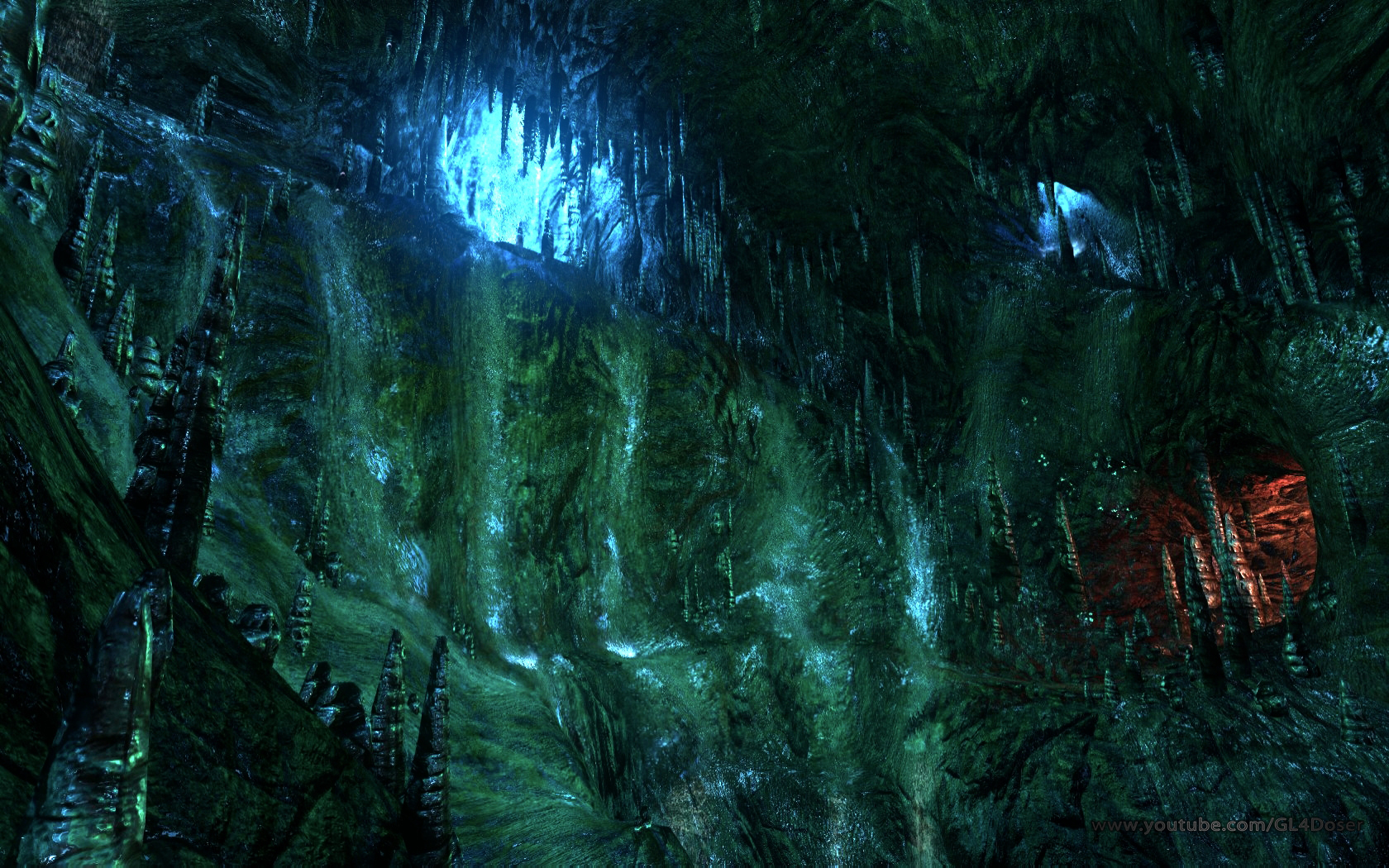

This game pushes the Source Engine to its limits, featuring some intense visual effects. Since there’s so little of the story, I won’t go into much detail about it and instead rely on the official description.Ī deserted island…a lost man…memories of a fatal crash…a book written by a dying explorer. The method in which the story is told requires a lot of piecing together. The story in the game is intriguing, however it’s something that I wish there were a little bit more of. It’s through these letters that the player gets their exposition and tiddly bits of story from. Exploring different areas, he narrates fragments of letters written to a woman, Esther. The game follows an unnamed protagonist, voiced by Nigel Carrington as he completes a trek through the island. It’s beautiful, with extremely somber overtones and deep symbolism. This is the overall feeling I took away from Dear Esther. It was incredibly vivid and atmospheric, but what stuck out most was the contrasting feeling it conjured up.

The whole dream was filled with such bright, almost unnatural colours yet was filled with such a dreadful, somber feeling. For one thing it was at night, but that wasn’t the unusual part. I was in a field – one that I had thought to be Hyrule Field –but it was somehow different. When I was younger, I had this recurring dream. Dear Esther is unlike any other game I’d ever played before – and that’s one of the things making it truly special. Is it a game? Or is it simply an interactive narrative? An experiment in interactive art – a haunting experience regardless. What I’ve found during my playthrough of Dear Esther is that it’s hard to classify what it is. So going into the game, I was completely blind. I took a precursory look at the game’s website, but didn’t delve too far into it. I’d actually not even heard of the game until site staff had suggested I give it a whirl. I went into playing Dear Esther with no pre-conceived notions of what it was.


 0 kommentar(er)
0 kommentar(er)
